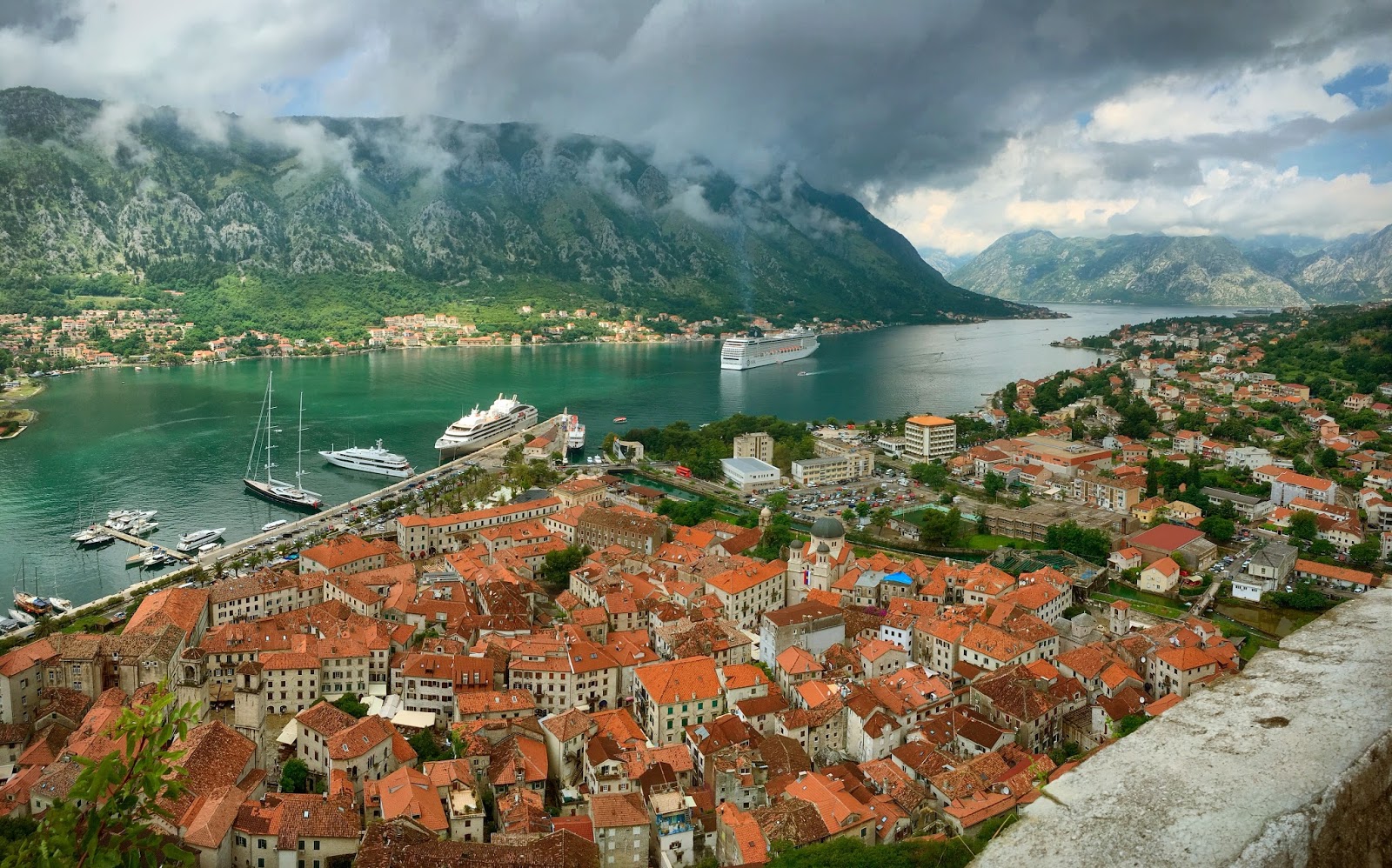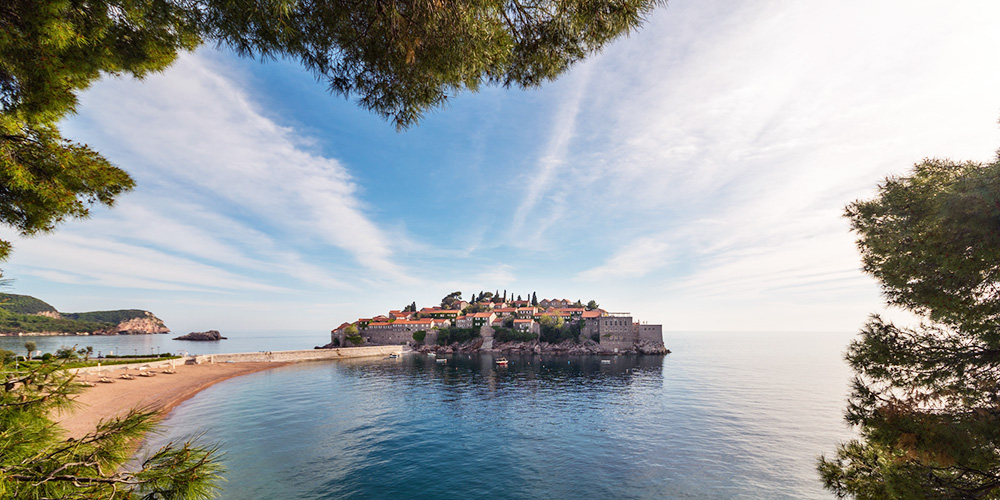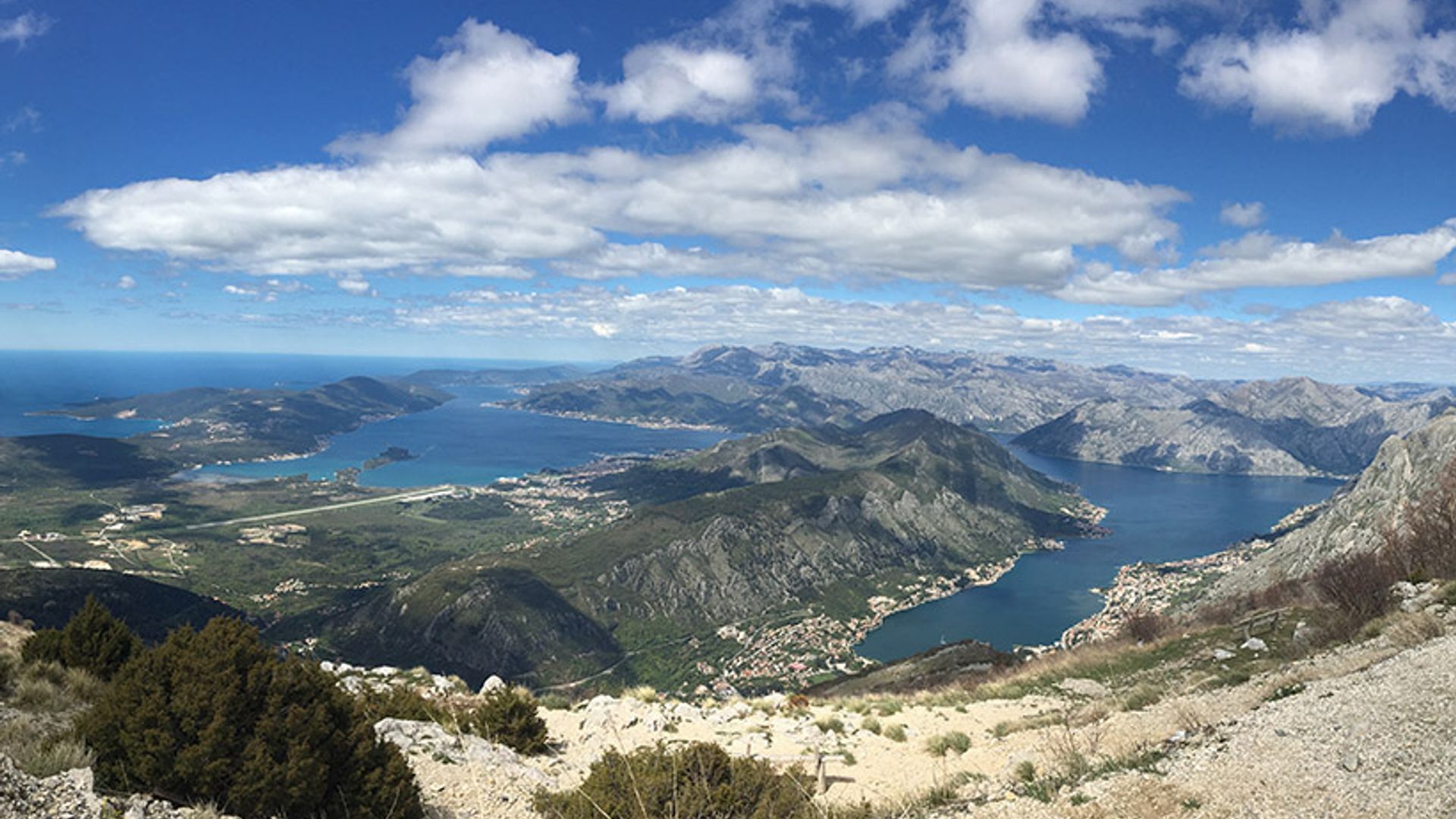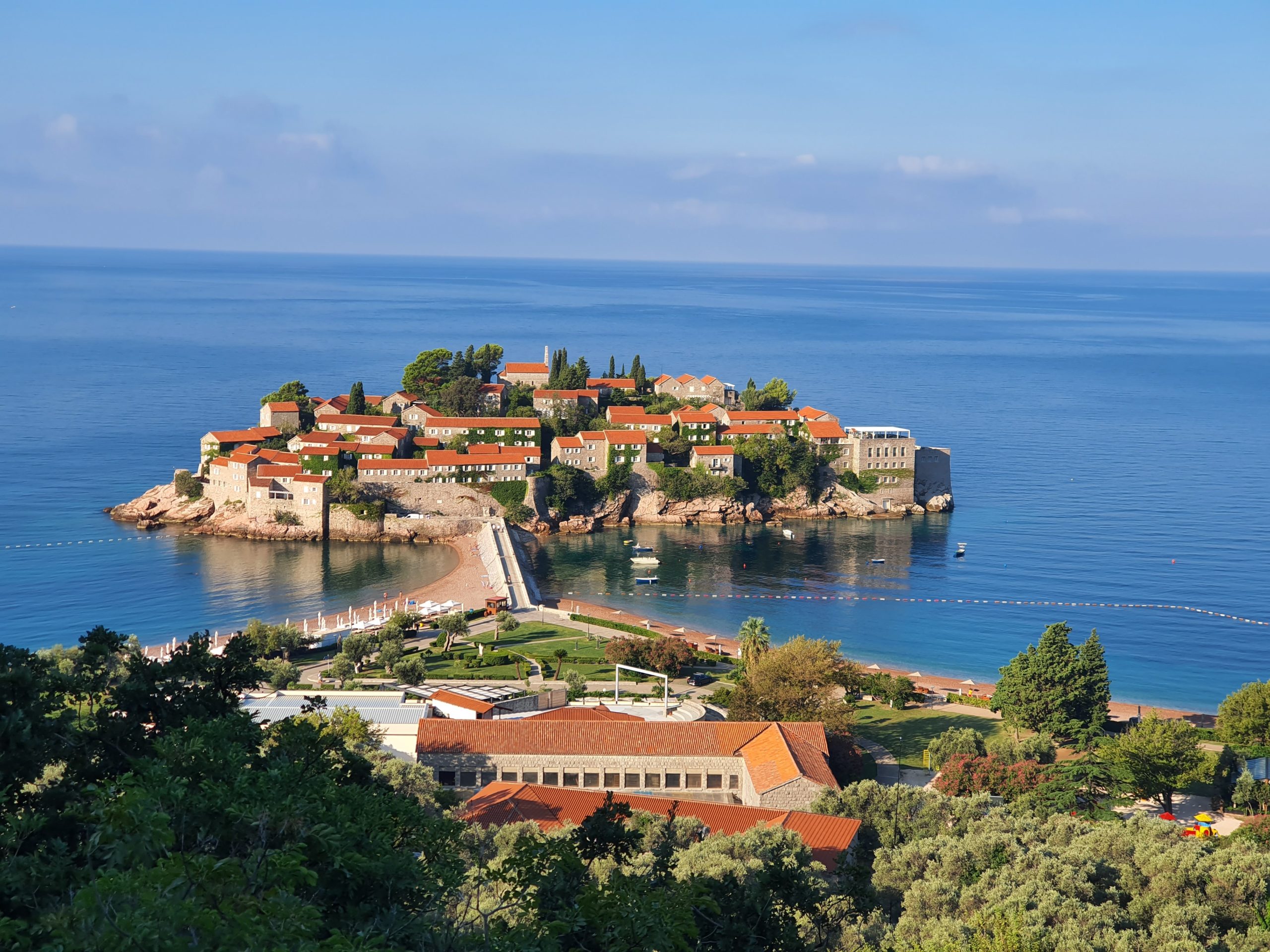Located in the southeastern region of Europe,
Montenegro is a country that boasts a rich history, stunning natural beauty, and a unique cultural heritage. With its breathtaking mountains, pristine beaches, and picturesque towns, Montenegro has become a popular tourist destination in recent years. In this article, we will delve into the fascinating world of Montenegro, exploring its history, geography, culture, and attractions.
Geography and Climate
Montenegro is a small country, covering an area of approximately 13,812 square kilometers. It is bordered by Croatia to the west, Bosnia and Herzegovina to the northwest, Serbia to the northeast, Albania to the southeast, and the Adriatic Sea to the southwest. The country's terrain is characterized by towering mountains, including the Dinaric Alps, which run along the eastern coast. The climate in Montenegro is Mediterranean, with warm summers and mild winters.
History and Culture
Montenegro has a long and complex history, with various empires and dynasties vying for control over the region. The country gained independence from Serbia in 2006 and has since become a member of the United Nations, the Council of Europe, and the Central European Free Trade Agreement (CEFTA). Montenegrin culture is a unique blend of Slavic, Mediterranean, and Ottoman influences, reflected in its language, cuisine, and architecture. The official language is Montenegrin, although many citizens also speak Serbian, Bosnian, and Croatian.
Attractions and Tourism
Montenegro is a treasure trove of natural and cultural attractions, offering something for every kind of traveler. Some of the most popular destinations include:
Bay of Kotor: A stunning fjord-like bay surrounded by towering mountains and picturesque towns.
Budva: A historic walled city with a rich history and vibrant nightlife.
Sveti Stefan: A luxurious island resort with pristine beaches and crystal-clear waters.
Durmitor: A mountain range with breathtaking scenery, perfect for hiking and skiing.
Economy and Infrastructure
Montenegro's economy is primarily driven by tourism, with a growing focus on sustainable development and environmental protection. The country has invested heavily in its infrastructure, including roads, airports, and ports. The capital city,
Podgorica, is a hub for business and commerce, with a range of amenities and services.
Montenegro is a hidden gem of the Balkans, offering a unique blend of natural beauty, rich history, and cultural heritage. From its stunning mountains and beaches to its vibrant towns and cities, Montenegro has something for every kind of traveler. Whether you're interested in history, culture, or adventure, Montenegro is a destination that is sure to leave you in awe. With its growing economy and improving infrastructure, Montenegro is an exciting and emerging destination that is definitely worth exploring.
Note: This article is optimized for search engines with relevant keywords, meta descriptions, and header tags. The content is informative and engaging, providing readers with a comprehensive overview of Montenegro's history, geography, culture, and attractions.









